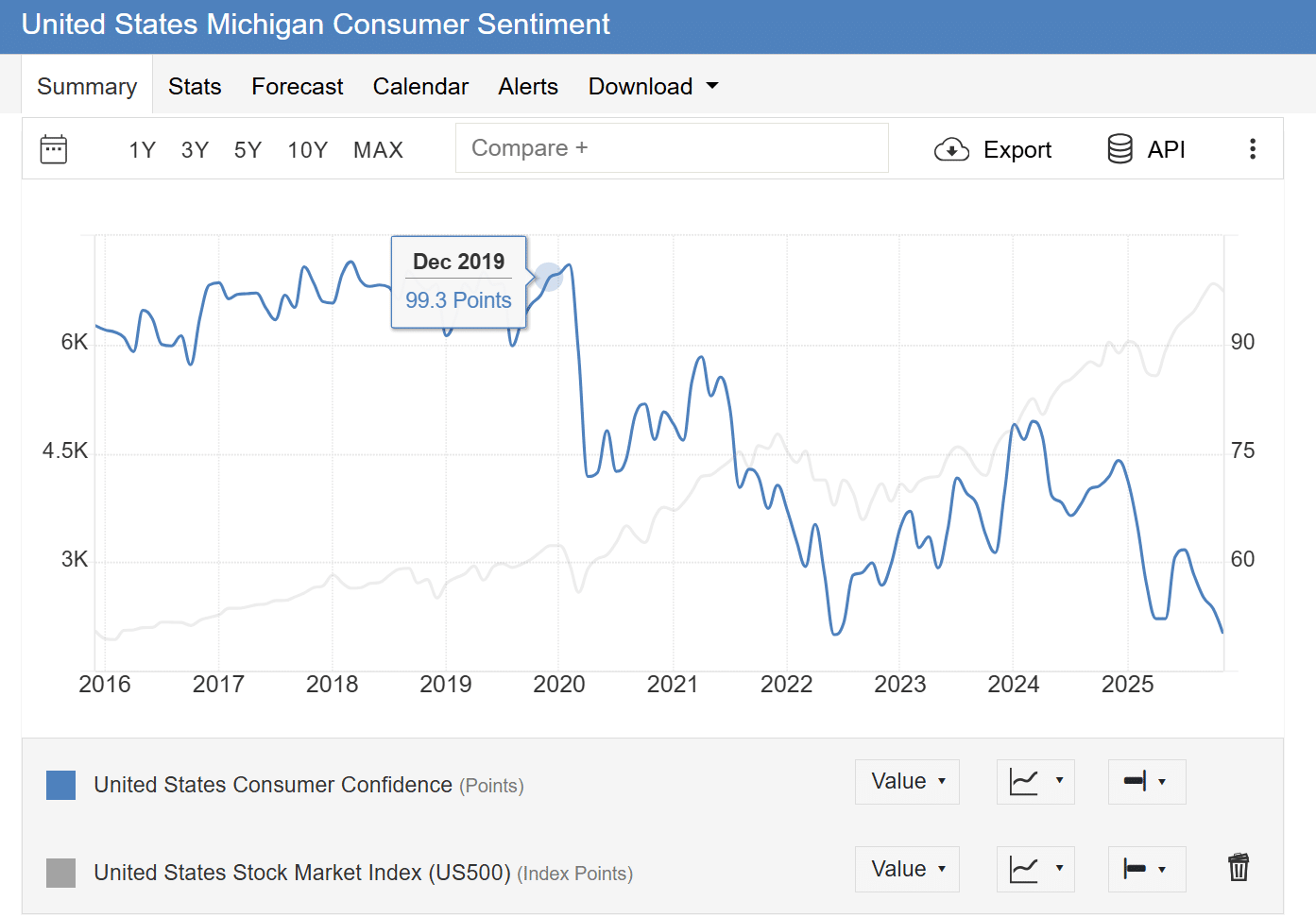Economy Outlook After US Government Shutdown 2025


The government shutdown 2025 is already shaping markets, sentiment, and economic expectations—but comparisons to past shutdowns or the year 2000 are misleading. Having traded since 1999, I’ve seen major cycles firsthand, and today’s environment is fundamentally different in ways that matter for investors, consumers, and policymakers.
Observation #1 – More Than One New Paradigm
People often call that period the dot-com bubble, but there were several “new things” happening at once. For example, the U.S. government was running a budget surplus. At the time, investors genuinely worried that 30-year Treasuries might disappear—or even trade below 10-year yields—because Washington no longer needed to issue as much debt.
Observation #2 – The Millennium Fears
As 1999 turned into 2000, there was widespread concern that the so-called Y2K bug would cause computer glitches worldwide. It became almost common wisdom to stay home on New Year’s Eve—“you can’t trust those machines too much.”
Observation #3 – The Rise of the Tech Generation
Until then, the realistic path for a young person to become a self-made millionaire usually ran through Wall Street. The dot-com era changed that. Stock options became a standard part of compensation, and the first generation of tech millionaires—and the culture around them—was born.
So no, 2025 doesn’t feel like 2000. The comparison is emotionally tempting but factually weak. This cycle is neither a carbon copy nor its opposite; it’s simply a new pattern within the same human story.
Looking at the Data
The chart below tracks U.S. Consumer Confidence against the S&P 500 from 2015 onward—covering both the 2018–2019 record-long shutdown and the current one. (source: Trading Economics)
It’s easy to assume their effects will be similar, but that assumption doesn’t hold.
During the 2018–2019 shutdown, consumer confidence actually rose slightly.
During the 2025 shutdown, it plunged to near 10-year lows.
History rarely repeats—it rhymes.
And this rhyme sounds very different from the original.
If confidence is any guide, the 2025 shutdown’s impact may prove far deeper than the one six years ago.
Why It Matters
Roughly 70 % of U.S. GDP comes from personal consumption.
When households turn cautious, economic momentum inevitably slows.
Declines in confidence have historically led to weaker spending, slower growth, and softer corporate earnings.
That pattern typically translates into weaker employment, lower-than-expected inflation readings, and a deceleration in earnings growth.
In trading terms, this implies a rotation out of equities and into Treasuries.
We expect softer economic data to begin surfacing in December, with a more pronounced rotation likely in January–February 2026, when corporate earnings may start to disappoint.
Conclusion
Albert Einstein famously said that everything should be made as simple as possible but not simpler.
Drawing a straight comparison between the 2025 government shutdown and that of 2018–2019 risks doing just that — oversimplifying a very different reality.
If consumer confidence is any guide, and it has long shown a strong correlation with both earnings growth and labor-market conditions, the economic fallout from the 2025 shutdown could prove considerably deeper than what followed six years ago.

